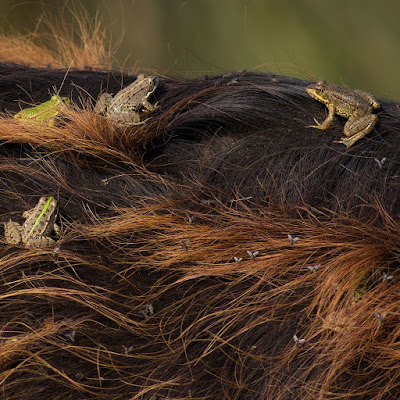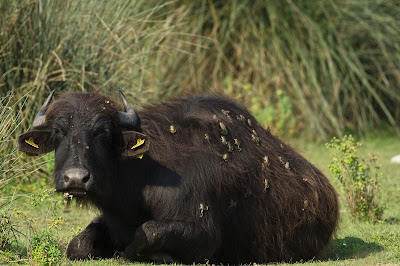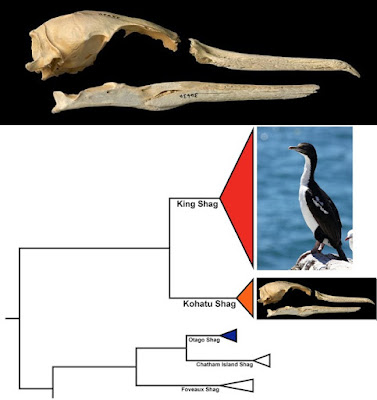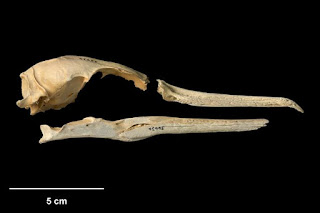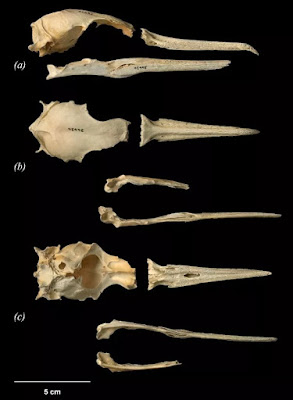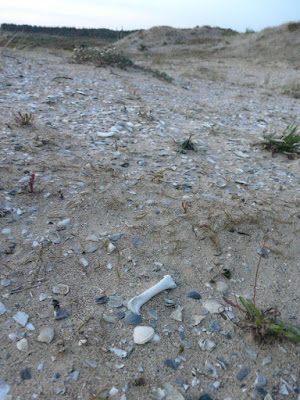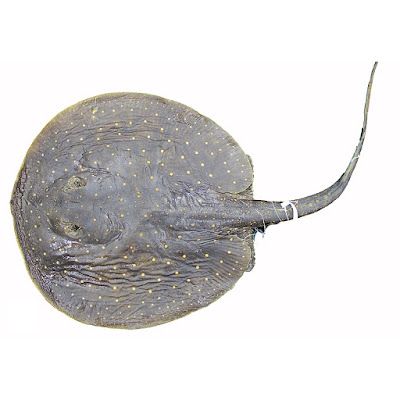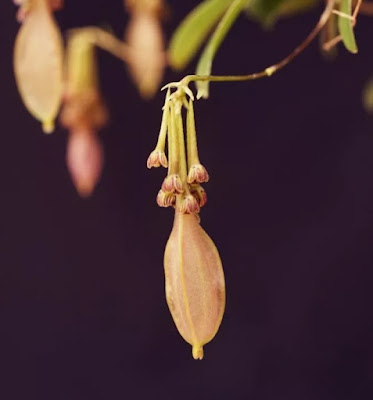![]() |
Eupolybothrus liburnicus
Akkari, Komerički, Weigand, Edgecombe & Stoev, 2017
|
Abstract
A new species of Eupolybothrus Verhoeff, 1907 discovered in caves of Velebit Mountain in Croatia is described.Eupolybothrus liburnicus sp. n. exhibits a few morphological differences from its most similar congeners, all of which are attributed to the subgenus Schizopolybothrus Verhoeff, 1934, and two approaches to species delimitation using the COI barcode region identify it as distinct from the closely allied E. cavernicolus Stoev & Komerički, 2013.
E. spiniger (Latzel, 1888) is redescribed and a lectotype is designated for it as well as E. caesar (Verhoeff, 1899) to stabilize their respective taxonomic status. The subspecies E. acherontis wardaranus Verhoeff, 1937, previously suspected to be a synonym of E. caesar (Verhoeff, 1899), is redescribed and its taxonomy revised after the study of type material whereas the identity of E. acherontis (Verhoeff, 1900) described from a female from southwest Trebinje (Bosnia and Herzegovina) remains unknown. Type material of E. stygis (Folkmanova, 1940) is confirmed to be lost and future designation of neotypes from topotypic specimens is necessary to stabilize its taxonomy. The importance of setal arrangement on the intermediate and 14th tergites and the sexual modifications on the male 15th prefemur for species identification is discussed in the light of present findings, and a review of the species of E. (Schizopolybothrus) that display these traits is also provided.
Keywords: Biospeleology, COI barcoding, Eupolybothrus, new species, SEM, Velebit Mountain
Order Lithobiomorpha Pocock, 1895
Family Lithobiidae Newport, 1844
Subfamily Ethopolyinae Chamberlin, 1915
Genus Eupolybothrus Verhoeff, 1907
Eupolybothrus liburnicus sp. n.
Diagnosis: A species morphologically similar to Eupolybothrus cavernicolus, genetically differing from it by 11% interspecific distance based on COI, and morphologically differing by the slightly convex posterior margin of T14, presence of 15CxVp and 15PDp spines, and by the leg 15 to body length ratio of ca. 64% in the adult male.
![]() |
Figure 1: Eupolybothrus liburnicus sp. n. habitus, cephalic plate+T1 and ocelli.
A Habitus, holotype B Cephalic plate and T1, holotype, dorsal view COcelli, paratype ZMUC 00040237. |
Etymology: Liburnicus denotes „of Liburnia“, a district in the coastal region of the northeastern Adriatic; adjective.
Habitat: Eupolybothrus liburnicus sp. n. is here recorded from five caves of the Velebit Mountain, Croatia. Four of these (Plitka peć, Skorupuša, Rašljekovac and Bundalova pećina) are situated in the area where the southern slopes of the Crnopac Massif meet the Krupa River canyon while one of them, Markova špilja, is a small anchialine cave situated a few hundred meters from the Adriatic coast near the village of Seline.
Nesrine Akkari, Ana Komerički, Alexander M. Weigand, Gregory D. Edgecombe and Pavel Stoev. 2017. A New Cave Centipede from Croatia, Eupolybothrus liburnicus sp. n., with Notes on the Subgenus Schizopolybothrus Verhoeff, 1934 (Chilopoda, Lithobiomorpha, Lithobiidae).
